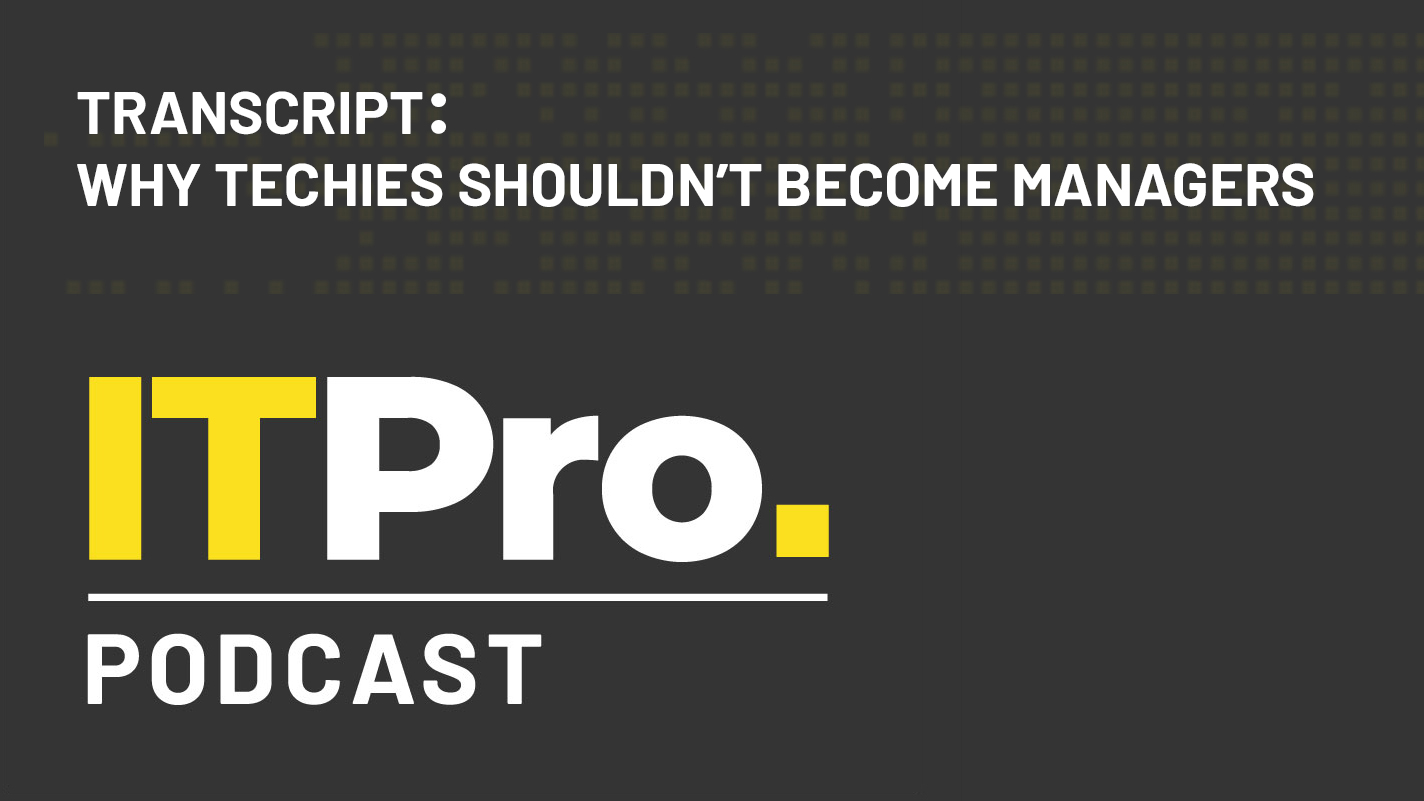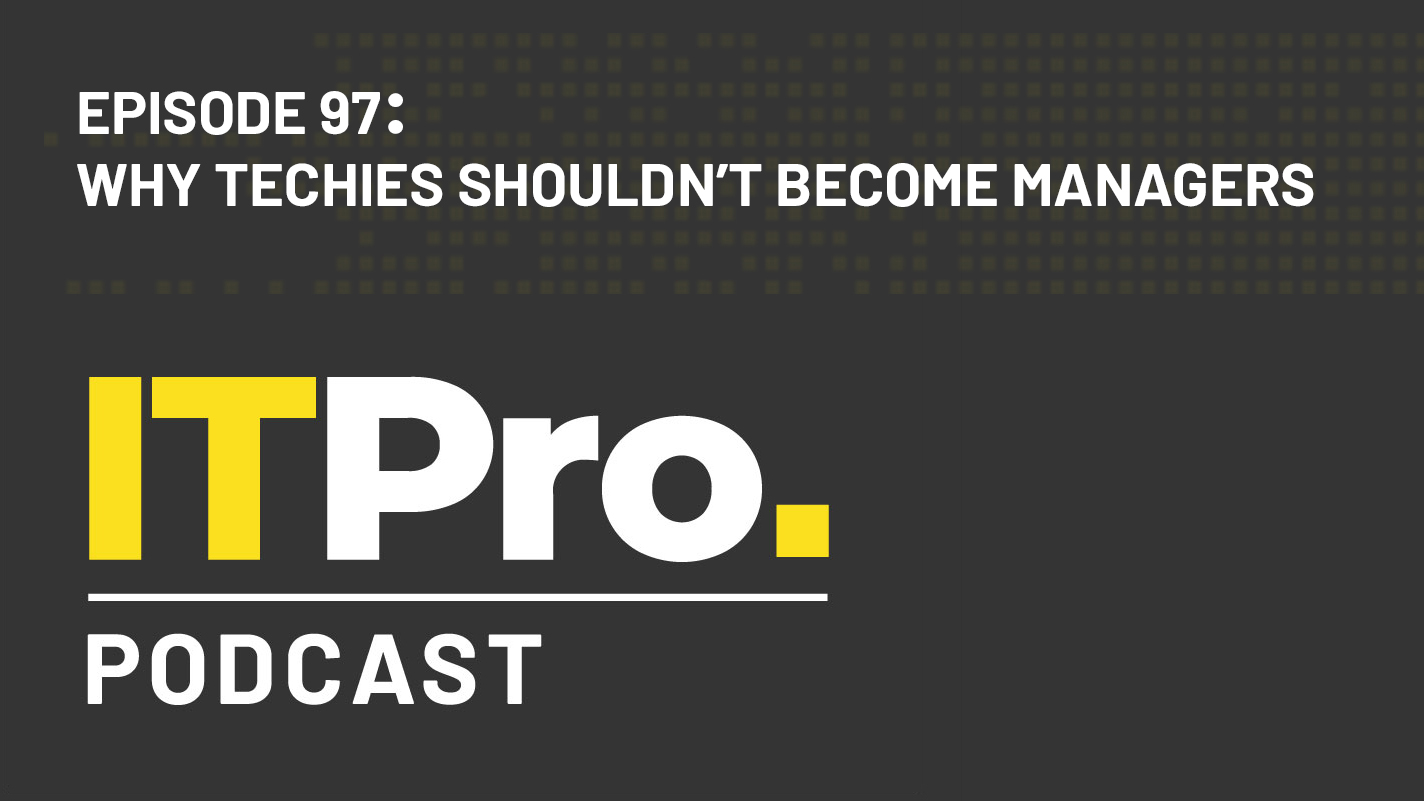2012: the outlook for CIOs
The CIO's task became harder in 2011. In 2012, IT leaders will need to cement their position as trusted advisers to the business, rather than just the person who keeps the lights on.

IT departments must become coordinators (or brokers) of IT-related activities (across their companies) that were not specified by the IT organisation originally.
Companies providing these services include start ups such as Tradeshift and Zuora in the invoicing and billing market; and established firms, such as Iron Mountain, are also offering business services through the cloud. And when the service is outsourced, the technology usually follows.
This will mean a reduction in head counts for many IT departments, and quite possibly, a reduction in the IT budgets they control. It might not mean a reduction in what the business spends, in total, on technology.
In that scenario, the CIO should take a central, co-ordinating role. "IT departments must become coordinators (or brokers) of IT-related activities (across their companies) that were not specified by the IT organisation originally," Gartner points out.
But the role goes beyond co-ordination; the CIO also needs to provide strategic direction to the business around all areas of technology.
This shift towards a more strategic approach to technology will be one of the greatest challenges for CIOs over the next few years, analysts suggest. Much of the work of the IT department has been focused around day-to-day operations, or "keeping the lights on". This has limited both the time and resources available for developing new technologies and for innovation.
More than keeping the lights on
Sign up today and you will receive a free copy of our Future Focus 2025 report - the leading guidance on AI, cybersecurity and other IT challenges as per 700+ senior executives
Moving some IT workloads to the cloud, or to outsourcers, will help. But over the coming year, industry observers expect the CIO's role to change, as they focus more on buying and coordinating external IT services, rather than on building and maintaining in-house systems.
CIOs will need to drive the vendor selection process, set service levels, and set the agenda for security and IT governance. So although the business might fund the technology, it will be down to the CIO, in 2012, to decide which vendors to work with, the criteria those vendors' offerings need to meet, and how to integrate the newer, SAAS and other cloud infrastructure with conventional and legacy systems.
-
 What the fragmentation of UC means for the channel
What the fragmentation of UC means for the channelIndustry Insights If communications are becoming fragmented, what does that mean for MSPs and VARs?
-
 How SMBs can DIY their IT implementation and support
How SMBs can DIY their IT implementation and supportFeature For some small and medium-sized businesses, the third-party expertise and support might be out of reach. What’s the alternative?
-
 IT Pro Panel: Tackling technical recruitment
IT Pro Panel: Tackling technical recruitmentIT Pro Panel With the recruitment market shifting, how can businesses both retain their best staff and fill gaping talent shortages?
-
 Podcast transcript: Why techies shouldn’t become managers
Podcast transcript: Why techies shouldn’t become managersIT Pro Podcast Read the full transcript for this episode of the IT Pro Podcast
-
 The IT Pro Podcast: Why techies shouldn’t become managers
The IT Pro Podcast: Why techies shouldn’t become managersIT Pro Podcast Managing people is a completely different skillset to managing technology - so why do we keep pushing people from one to the other?
-
 Podcast transcript: How umbrella companies exploit IT contractors
Podcast transcript: How umbrella companies exploit IT contractorsIT Pro Podcast Read the full transcript for this episode of the IT Pro Podcast
-
 The IT Pro Podcast: How umbrella companies exploit IT contractors
The IT Pro Podcast: How umbrella companies exploit IT contractorsIT Pro Podcast Is tighter regulation needed to stop workers from being cheated out of earnings?
-
 Data scientist jobs: Where does the big data talent gap lie?
Data scientist jobs: Where does the big data talent gap lie?In-depth Europe needs 346,000 more data scientists by 2020, but why is the gap so big?
-
 Four tips for effective business collaboration
Four tips for effective business collaborationOpinion Collaboration is about more than just removing office walls
-
 IT Pro Panel: The truth about talent
IT Pro Panel: The truth about talentIT Pro Panel Why is it still so hard to find good people?